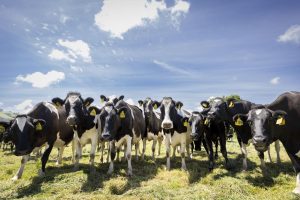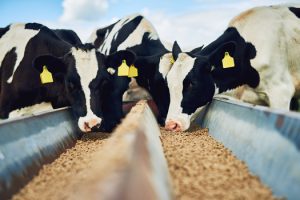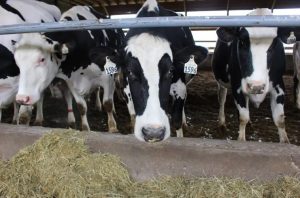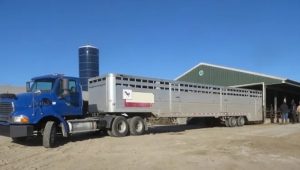
Satellite imagery from Maxar Technology released in early June shows the damage from Vladimir Putin’s war of choice, which targets Ukrainian farms with aerial attacks.

Using imagery from NASA, Maxar estimates that, compared to 2021 figures:
-Ukrainian farmers planted 30% less spring acreage.
-Production of corn is down 54%.
-Production of sunflowers is down 40%.
The invasion, which started February 24, not only destroyed many Ukrainian fields but also disrupted spring crop planting and shipping of existing grain inventories, said Maxar, a space technology company headquartered in Westminster, Colorado.
Deliberately targeting farms
Thirty percent of Ukraine’s agricultural land is either occupied by Russian military forces or unsafe, according to the nation’s ministry of agriculture.
Some areas are hit harder. In Zaporizhzhia, an oblast (province) located in southeast Ukraine, Russian troops occupy 85% of the oblast’s farmland, the Voice of America reported.
Zaporizhzhia typically has produced 2.4 million metric tons of wheat annually. This year farmers anticipate production will reach only 236,000 metric tons.
In the village of Shestakove, 30 kilometers northeast of Kharkiv, satellite imagery acquired in April suggests “a deliberate attack on a major agricultural production facility” called the Agromol dairy farm, according to the Center for Strategic and International Studies (CSIS).
CSIS estimates that Russian shelling severely damaged six of 20 livestock sheds at the Agromol dairy farm. The farm is one of the region’s largest dairy producers.
Reports of Russia stealing grain
Maxar said its satellite imagery, seen below, also shows how the Putin government continues to take grain from Ukraine and transport it to other regions of the world.

On the left, satellite imagery shows a Russian-flagged bulk carrier ship docked in the Russian-controlled Crimean port of Sevastopol being loaded with grain. Days later, Maxar said its satellites collected images of the same ship docked in Syria, with its hatches open and semitrucks lined up ready to haul the grain away (depicted in the image on the right).
Causing global crisis
An estimated 400 million people worldwide rely on Ukraine for their food supply, according to the United Nations World Food Programme (WFP). It said the war raises food and energy prices and contributes to economic and food instability in several regions of the world.
“The bullets and bombs in Ukraine could take the global hunger crisis to levels beyond anything we’ve seen before,” WFP Executive Director David Beasley said in March.
The United States government is acting on several fronts to address global food insecurity. This includes:
-Providing $2.6 billion in new humanitarian assistance for food security since the start in February 2022 of Russia’s latest attack on Ukraine.
-Working to increase fertilizer production and urging partners to do the same.
-Joining with allies in the G7 to increase humanitarian and development assistance for food security.
-Focusing on conflict-driven food insecurity during the United States’ presidency of the U.N. Security Council in May.

























